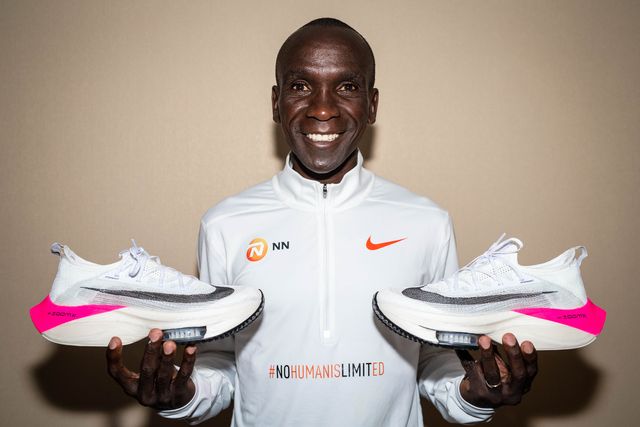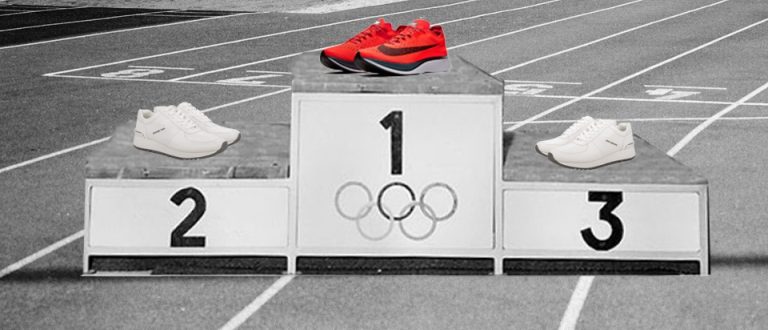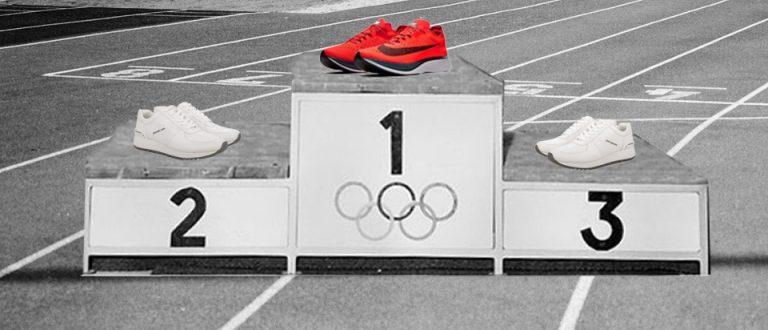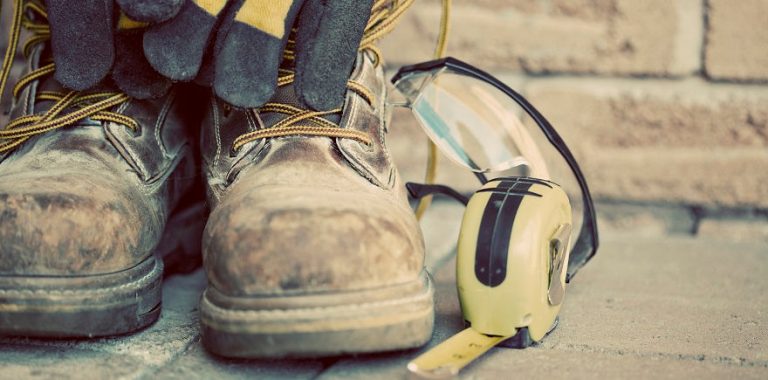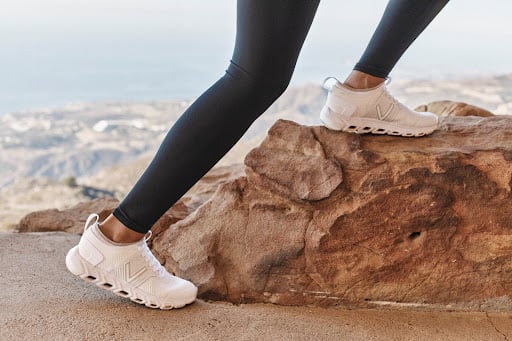Why are Some Shoes Banned in Marathons?
Some shoes are banned in marathons due to their advanced technology providing unfair advantages. These shoes may have features like carbon-fiber plates and thick soles, giving runners an edge.
The International Association of Athletics Federations regulates footwear to maintain fairness in races. Banned shoes can offer an unfair advantage with their energy return and cushioning, potentially altering the competitive landscape. Consequently, strict guidelines are crucial for maintaining the integrity and fairness of marathon events.
In recent years, advancements in shoe technology have led to concerns regarding a level playing field in marathon competitions. To address this, organizations have implemented regulations to ensure fairness and uphold the spirit of the sport. By understanding the reasons why certain shoes are banned in marathons, both athletes and enthusiasts can appreciate the significance of fair competition.

Credit: www.bloomberg.com
Technology Advancements
Shoes banned in marathons raise questions about technology advancements and the evolution of running shoe technology. One reason for these bans is the role of innovative materials used in manufacturing shoes. Emerging technologies have led to the development of lightweight and energy-efficient shoe designs. Companies are constantly striving to push the boundaries of shoe technology to improve performance and prevent injuries. However, critics argue that some high-tech features give an unfair advantage to athletes who can afford the latest gear. Regulating bodies, such as the International Association of Athletics Federations (IAAF), analyze the available evidence to determine which shoes offer an excessive performance advantage in order to maintain fair competition. Understanding the impact of shoe technology on elite running sports is an ongoing debate that seeks to strike a balance between innovation and maintaining a level playing field.
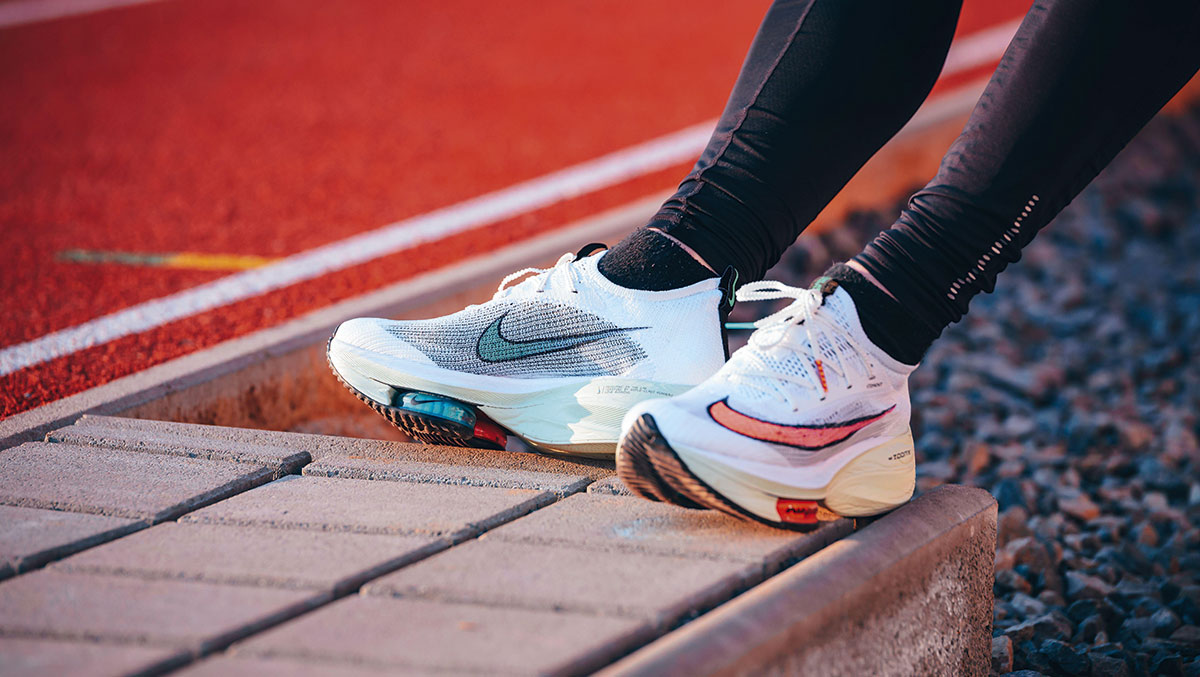
Credit: www.sciencefocus.com
Performance Enhancement
Shoe design plays a crucial role in marathon performance. Footwear companies constantly strive to develop innovations that enhance speed and endurance. The impact of shoe design on performance has led to some shoes being banned in marathons. Biomechanical considerations in shoe selection guide runners in choosing the ideal shoe. Running shoes with enhanced cushioning and stability minimize the risk of injuries. The advancement in shoe technology has introduced features such as carbon fiber plates, energy-returning foam, and stack heights, which aim to improve performance. However, some shoes with extreme designs have faced scrutiny for potentially providing an unfair advantage. These shoes offer enhanced energy return, propulsion, and stability, leading to faster times. As a result, marathon organizers have enforced regulations to maintain fairness and prevent excessive performance enhancement.
Controversial Shoes
Controversial shoes in marathons raise debates on fairness and competitive advantage. Some models with advanced technology such as carbon plates have been banned for providing unfair advantage. Examples of controversial models include Nike Vaporfly and Adidas Adizero. The use of such shoes has sparked concerns among runners and officials about the integrity of the sport.

Credit: www.youtube.com
Regulatory Measures
In response to the technological advancements in shoe design and materials, governing bodies have implemented shoe guidelines to maintain fairness in marathons. These guidelines aim to regulate shoe features such as midsole thickness and the use of carbon fiber plates. By doing so, they intend to uphold the integrity of the sport and prevent an unfair advantage for certain athletes. The implementation of these regulations has sparked discussions and debates within the running community, with some arguing that they stifle innovation while others support the need for standardization to preserve the essence of the sport.
Future Trends
Balancing innovation with maintaining a level playing field is a crucial consideration for the future of marathon footwear. As technology continues to advance, it’s predicted that there will be ongoing debates about the use of advanced materials and designs in running shoes. Manufacturers will need to navigate this delicate balance to ensure that athletes have access to cutting-edge footwear while also preserving the integrity of the sport. There may be an emphasis on implementing stricter regulations and guidelines for marathon shoe designs to prevent unfair advantages. Additionally, advancements in sustainable materials and manufacturing processes are expected to shape the future of marathon footwear, aligning with the growing focus on environmental sustainability in the athletic industry.
Frequently Asked Questions On Why Are Some Shoes Banned In Marathons?
What Are The Marathon Shoe Restrictions?
Marathon shoe restrictions include maximum sole thickness, no spikes, no mechanical assistance, must be commercially available.
Can You Run A Marathon In Any Shoe?
No, not any shoe is suitable for running a marathon. It’s important to choose proper running shoes that provide support, cushioning, and stability to prevent injuries and enhance performance during long-distance running.
Which Shoes Are Banned From Racing?
The shoes banned from racing vary depending on the specific race regulations. Certain shoes with advanced technology, such as thick foam soles or carbon plates, may be prohibited to maintain fairness and ensure a level playing field in competitive racing.
Conclusion
Summing up, the regulations on banned shoes in marathons aim to maintain fair competition. Athletes and brands must adhere to the guidelines for integrity in the sport. Understanding the reasons behind these restrictions can help both runners and shoe manufacturers navigate the evolving landscape of marathon racing.

